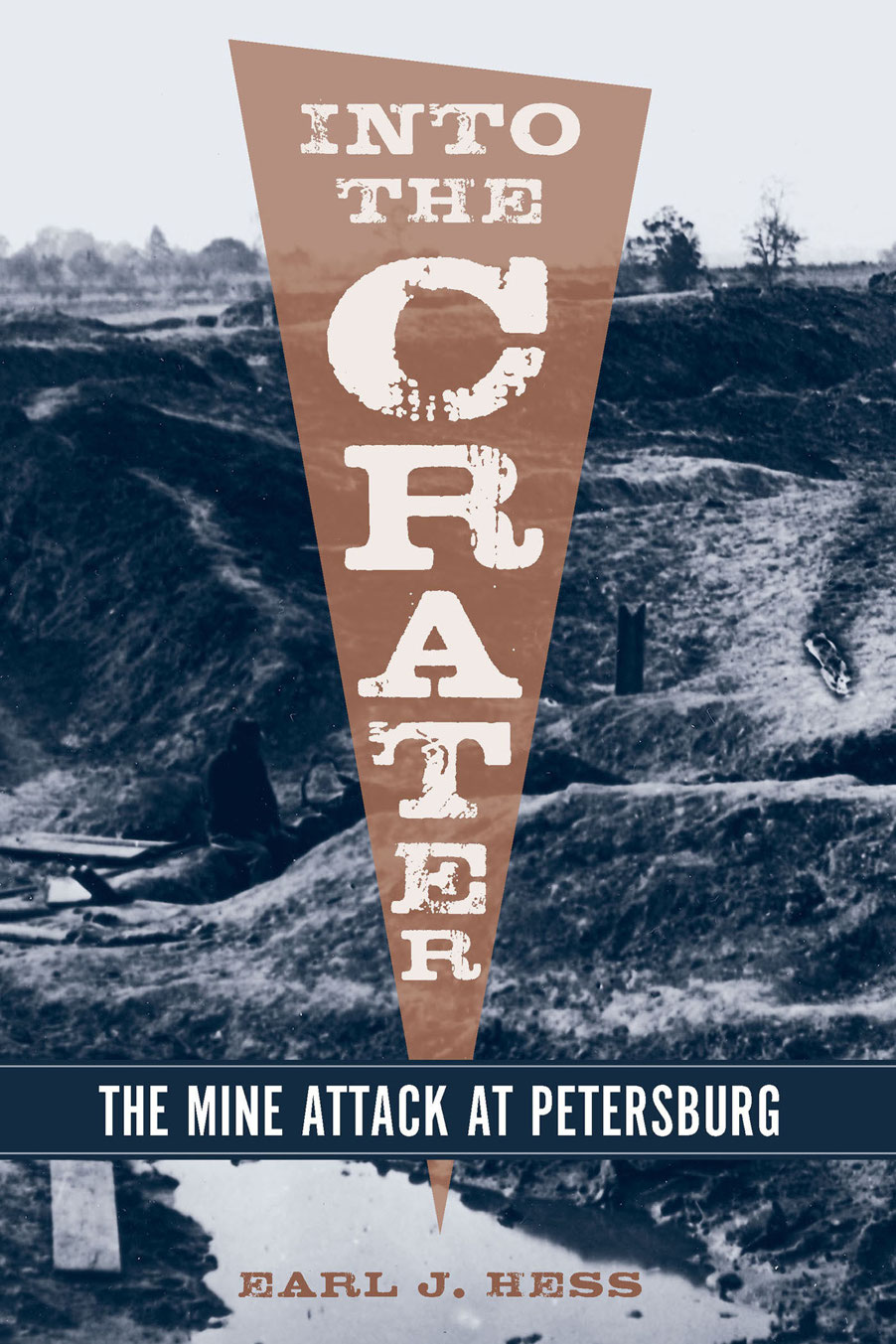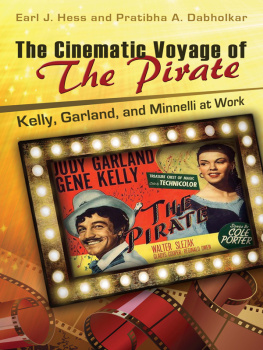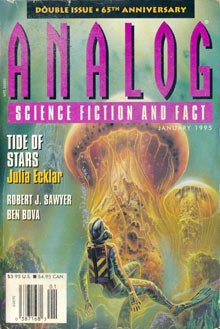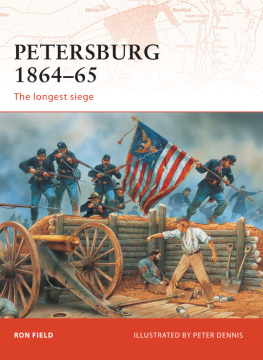Earl J. Hess - Into the Crater: The Mine Attack at Petersburg
Here you can read online Earl J. Hess - Into the Crater: The Mine Attack at Petersburg full text of the book (entire story) in english for free. Download pdf and epub, get meaning, cover and reviews about this ebook. genre: Romance novel. Description of the work, (preface) as well as reviews are available. Best literature library LitArk.com created for fans of good reading and offers a wide selection of genres:
Romance novel
Science fiction
Adventure
Detective
Science
History
Home and family
Prose
Art
Politics
Computer
Non-fiction
Religion
Business
Children
Humor
Choose a favorite category and find really read worthwhile books. Enjoy immersion in the world of imagination, feel the emotions of the characters or learn something new for yourself, make an fascinating discovery.
- Book:Into the Crater: The Mine Attack at Petersburg
- Author:
- Genre:
- Rating:4 / 5
- Favourites:Add to favourites
- Your mark:
- 80
- 1
- 2
- 3
- 4
- 5
Into the Crater: The Mine Attack at Petersburg: summary, description and annotation
We offer to read an annotation, description, summary or preface (depends on what the author of the book "Into the Crater: The Mine Attack at Petersburg" wrote himself). If you haven't found the necessary information about the book — write in the comments, we will try to find it.
Into the Crater: The Mine Attack at Petersburg — read online for free the complete book (whole text) full work
Below is the text of the book, divided by pages. System saving the place of the last page read, allows you to conveniently read the book "Into the Crater: The Mine Attack at Petersburg" online for free, without having to search again every time where you left off. Put a bookmark, and you can go to the page where you finished reading at any time.
Font size:
Interval:
Bookmark:

INTO THE CRATER
INTO THE CRATER
THE MINE ATTACK AT PETERSBURG
EARL J. HESS

2010 University of South Carolina
Cloth edition published by the University of South Carolina Press, 2010
Ebook edition published in Columbia, South Carolina, by the University of South Carolina Press, 2023
www.uscpress.com
Manufactured in the United States of America
32 31 30 29 28 27 26 25 24 23
10 9 8 7 6 5 4 3 2 1
The Library of Congress has cataloged the cloth edition as follows:
Hess, Earl J.
Into the Crater : the mine attack at Petersburg / Earl J. Hess.
p. cm.
Includes bibliographical references and index.
ISBN 978-1-57003-922-5 (cloth : alk. paper)
1. Petersburg Crater, Battle of, Va., 1864. I. Title.
E476.93.H473 2010
973.737dc22
2010005639
Front cover photograph: Earliest known photograph of the crater, G985CWP27.27, U.S. Army Military History Institute
ISBN 978-1-64336-436-0 (ebook)
For Pratibha and Julie
There is a peculiar uniqueness, however, about the Battle of the Crater, that had no parallel in our civil war.
G. N. SAUSSY, 1st Georgia and Jeff Davis Legion
But I should like first to go again and see the place.
I have always wished to. To many living men the Mine at Petersburg is the most vivid memory of their lives.
LT. JAMES W. STEELE, Company B, 43rd United States Colored Troops
Forty seven years ago today I was in front of Petersburg Va, and witnessed the explosion of that mine that Burnsides planted.
It was a never to be forgotten sight of death and devestation.
WILLIAM HANNIBAL THOMAS, 5th United States Colored Troops
Then Ambrose, the faithful, bethought him twould be fine
Just to surprise the rebels with a small powder mine
And blow up their batteries higher than a kite
And charge upon their rifle pits & put them all to flight
This mine it was exploded just along about daylight
Up went the rebels, cannons, Oh! It was a horrid sight
The niggers they pitched boldly in, but quickly they pitched out
And instead of Johnny Reb our troops were put to rout.
Sung by 3rd Battalion, 19th U.S. Infantry
Maps and Diagrams
On the clear, still morning of July 30, 1864, the personal fate of many men hung insecurely on whether eight thousand pounds of gunpowder would explode as planned. Two soldiers worked more than an hour to locate and repair a fault in the fuse. For sixteen thousand Federals waiting to follow up the explosion with a sudden attack, the minutes seemed never to end; but for fifteen hundred Confederate soldiers holding a shallow angle in their line called Pegrams Salient, it was just another morning in the lengthening campaign around Petersburg, Virginia. They had no idea of the drama taking place twenty-five feet under the bare earth. Finally, at 4:44 A.M., the earth began to rumble and split open, and fire engulfed the salient in flame, debris, and death.
That moment was a potential watershed in the campaign at Petersburg, and one of the most dramatic moments of the Civil War. The Federals might have shattered Gen. Robert E. Lees defensive line guarding the city that morning if things had worked as planned following the mine explosion. How much such an event would have shortened the life of the Confederacy is difficult to predict, but the Northerners had reason to hope for the ultimate triumph as the dust and bodies began to descend after the mine explosion created an awesome fountain of debris that rose as much as two hundred feet into the air.
The Crater Battle, or as contemporaries often called it, the Mine Attack, was the centerpiece of Lt. Gen. Ulysses S. Grants Third Offensive at Petersburg. In preparation since June 25, the mine attack was the most complex operation of the entire campaign. The construction of a 510-foot-long underground gallery, packed at the end with four tons of black powder to be touched off by an improvised fuse, was the most difficult aspect of the preparation. In addition Grant maneuvered troops so as to draw most of Lees army to the north side of the James River, rendering the lines south of the Appomattox vulnerable by July 30. As Grant later put it, So fair an opportunity will probably never occur again for carrying fortifications.
Yet the Union effort collapsed soon after the dust settled over what was left of Pegrams Salient, resulting in a confused, and confusing, battle. The Federals got stuck in the five-hundred-yard breach of the Confederate line. Resistance by survivors of the blast held the Federals within the captured works for four hours as Lees last reserves made their way to the scene of action. Still it took three separate counterattacks and much hand-to-hand fighting before the Southerners restored their line.
Most of the fighting in the Crater Battle took place on a severely constricted battleground, cut up by the jagged hole left by the mine explosion and a jumbled maze of Confederate bombproofs and traverses. Racial hatred reared its head when the Confederates realized that a division of black Union troops participated in the attack. Enraged Southerners killed many blacks in cold blood after they surrendered. In the end, July 30 seemed a day of miraculous deliverance for the Confederates, a day of depressing failure for the North, and a day of immense suffering for hundreds of soldiers who were blown up, shot, or captured on that sun-baked battlefield.
Because of its unique features, the Crater Battle has become widely known among Civil War enthusiasts, but it has not yet been thoroughly studied by historians. The best previously published book is Michael A. Cavanaugh and William Marvels The Battle of the Crater: The Horrid Pit, June 25August 6, 1864 (1989). Based on sound research and combining analysis and narrative, Cavanaugh and Marvel provide the best short description of the battle, limited only by the constricted parameters of the H. E. Howard series of books on Virginia battles. John Cannans The Crater: Burnsides Assault on th Confederate Trenches, July 30, 1864 (2002) contains another telling of the story with a discussion of what one can see on the battlefield today. It was published as part of the Battleground America Guides. Alan Axelrods The Horrid Pit: The Battle of the Crater, the Civil Wars Cruelest Mission (2007) provides a short narration of the event that is based on a handful of published sources, mostly of a secondary nature. The latest book about the Crater Battle, John F. Schmutzs The Battle of the Crater: A Complete History (2008), is based on much wider research than Axelrods book. Schmutz discusses the many facets of the subject more fully than any other author, but his interpretation of many points is open to question.
No previous author has yet conducted definitive research with all the sources that are available on the Crater Battle, or mined those sources for a deeper understanding of the tactical experiences and personal stories of units and men involved in it, or questioned key assumptions about the engagement. The battle deserves such an approach, for it was a unique operation, filled with an unusual degree of human drama. Several old ideas regarding the Union failure need to be reevaluated. Were the Federals so paralyzed by the awesome sight of the crater that they simply stayed in the hole instead of moving out to continue the attack as planned? Was Brig. Gen. James H. Ledlies penchant for staying in the rear, instead of leading his division forward, the real cause of the failure? Should we trust Lt. Col. Henry Pleasantss version of affairs, wherein he portrayed the West Pointtrained engineers of the army as trying to hamper his mine-digging effort? Does Brig. Gen. William Mahones division truly deserve all the credit for saving Petersburg on July 30 through their counter-attacks against the Union soldiers who held the breach? To what extent did racially motivated killings take place during Mahones counterattacks? The answers certainly would enrich our understanding of the battle on July 30.
Next pageFont size:
Interval:
Bookmark:
Similar books «Into the Crater: The Mine Attack at Petersburg»
Look at similar books to Into the Crater: The Mine Attack at Petersburg. We have selected literature similar in name and meaning in the hope of providing readers with more options to find new, interesting, not yet read works.
Discussion, reviews of the book Into the Crater: The Mine Attack at Petersburg and just readers' own opinions. Leave your comments, write what you think about the work, its meaning or the main characters. Specify what exactly you liked and what you didn't like, and why you think so.






